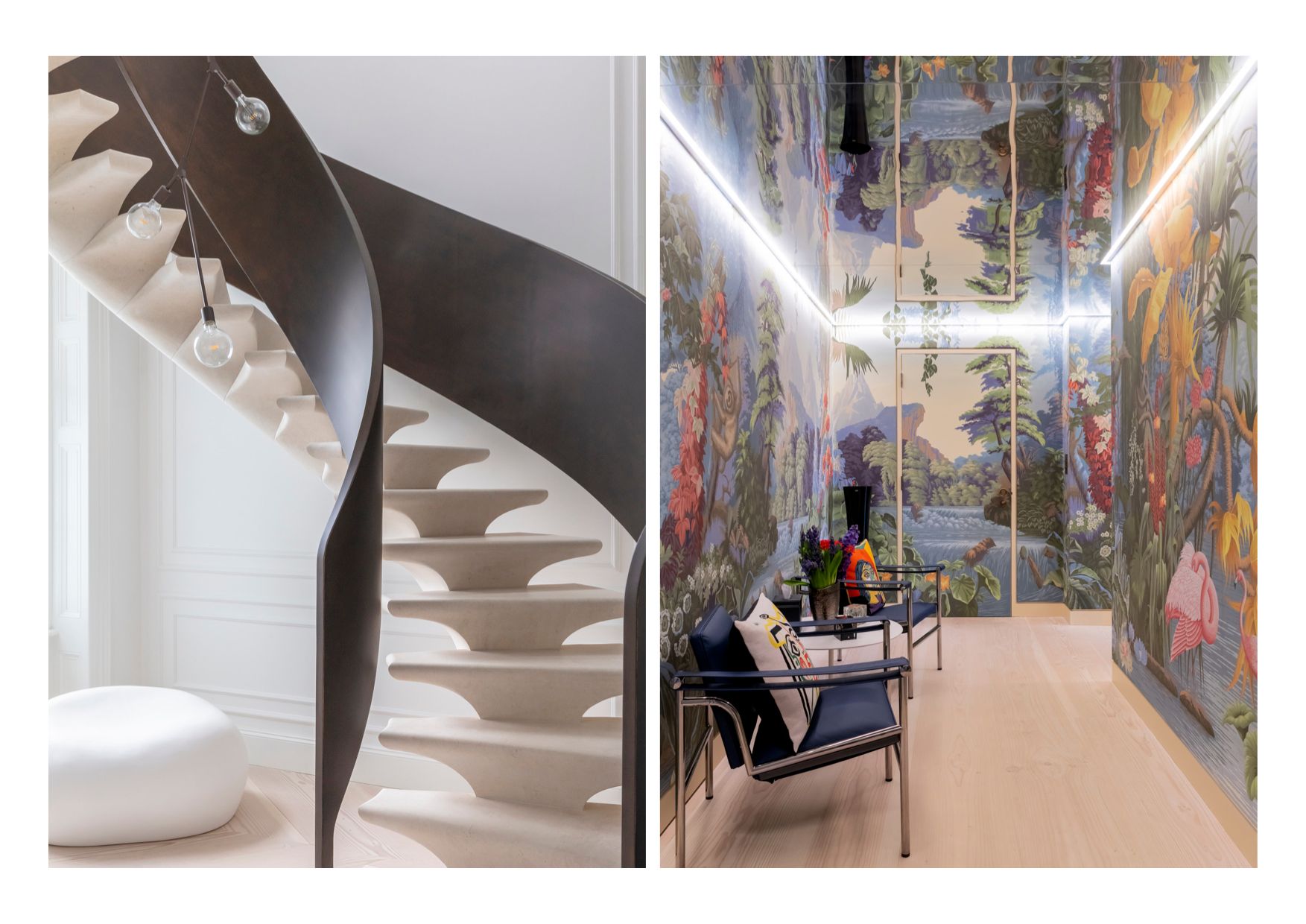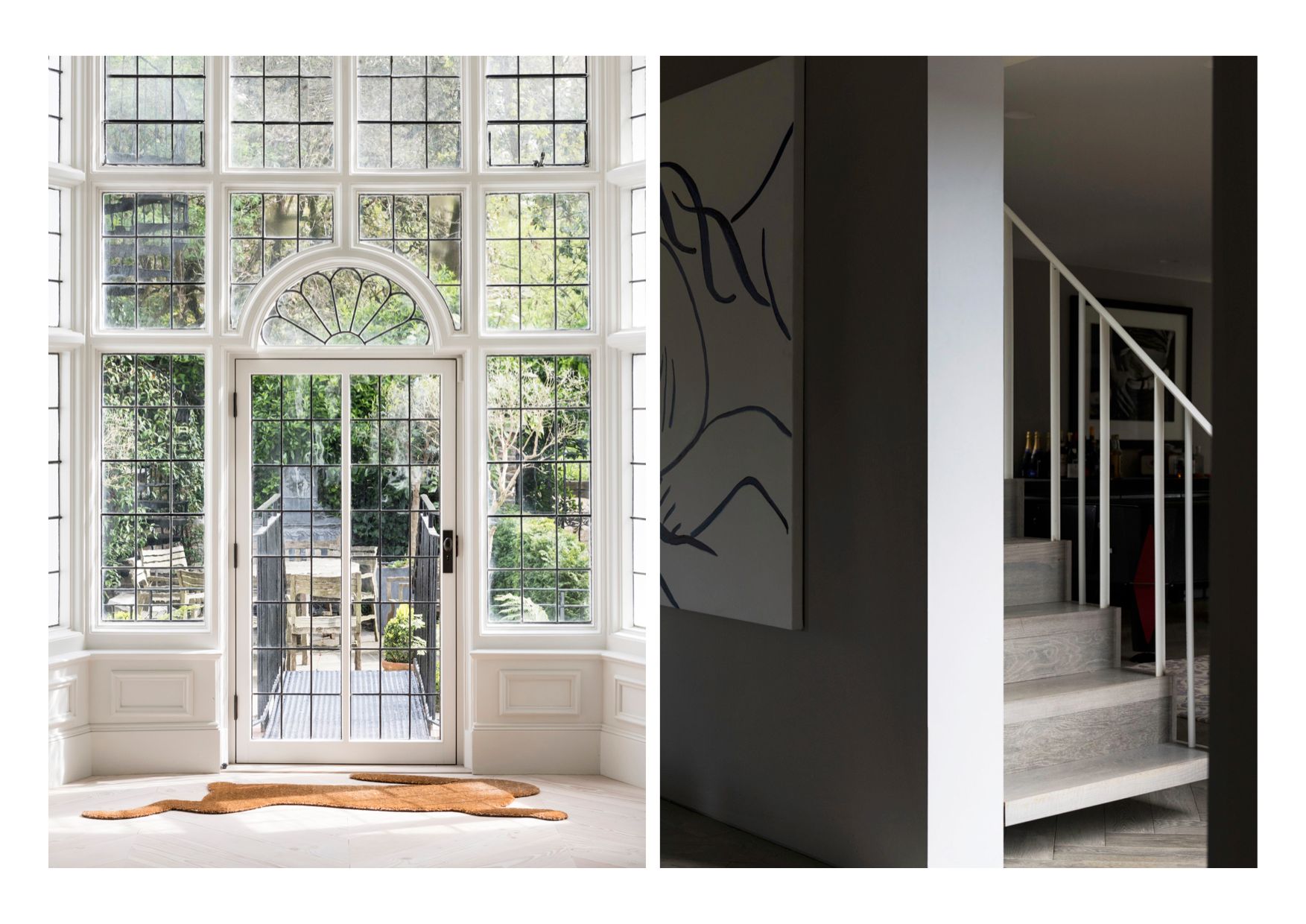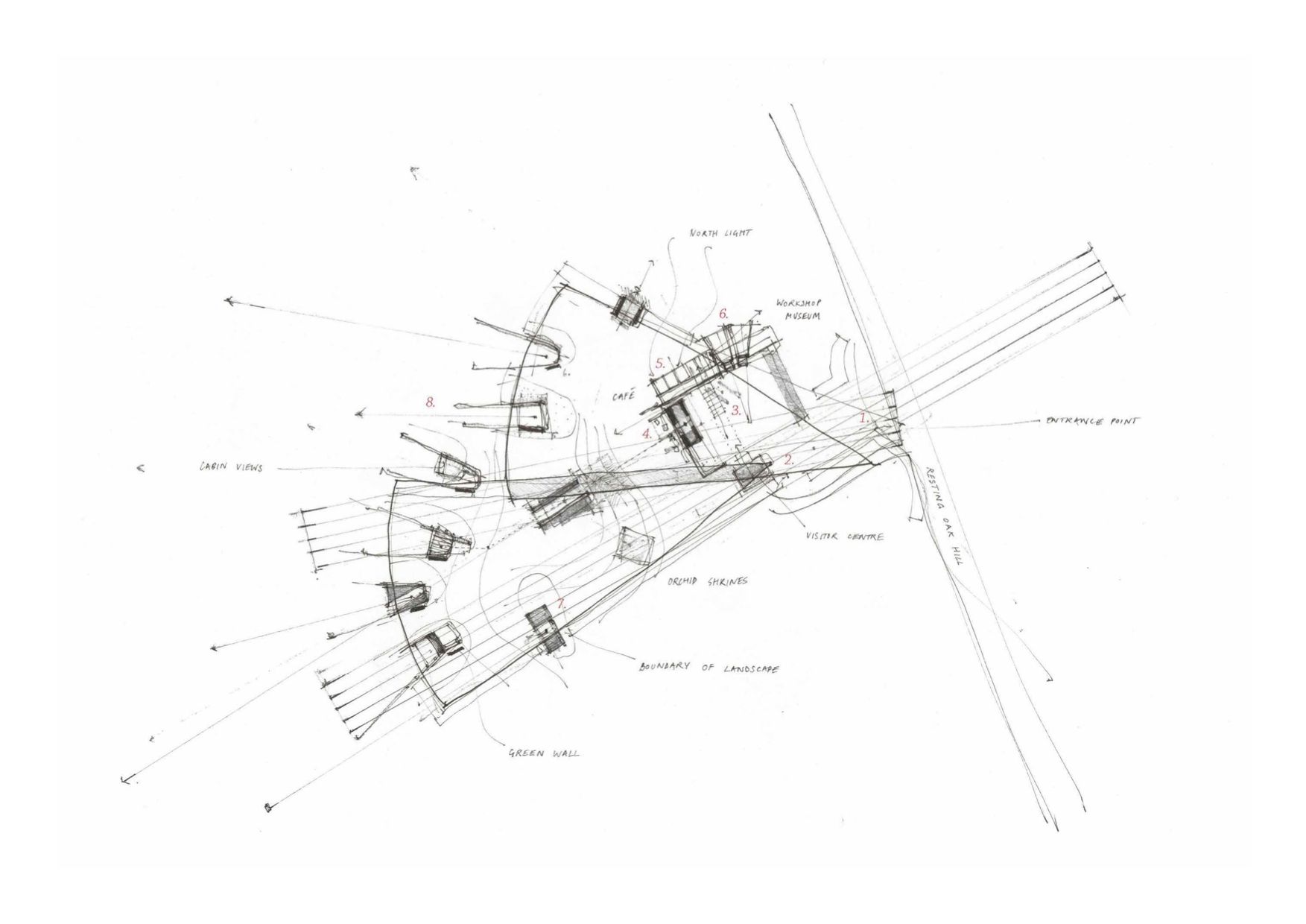
Undercover is one of those unusual companies whose considerable success has been attained via word-of-mouth and the conscientious excellence present in all of their work. Founded by husband and wife team Luke and Estelle Chandresinghe in 2013, the practice has quietly garnered a reputation for creating beautifully art-directed spaces that effortlessly balance sophisticated elegance with simplicity of purpose; and for taking on projects that are excessive perhaps only in their ambition. Based between Provence and London, Undercover forward an ethos that aims to be entirely cogent with the challenges of 21stcentury living – one that is based on considered functionality, sustainability and, for want of a better word, soul. Here, the rarely interviewed architect and co-founder discusses aesthetic resonance, explains the need for spirituality in design, and tells us why buildings of the past were so much more in tune with their environment than those of the modern day.
Can you recall what first turned you on to architecture and design as a child?
From a very, very early age, I was completely obsessed with the design of everything – from the quality of paper I was drawing on, to the pencil; even to the shape of how I would sharpen the pencil. I was just hugely attracted to the aesthetic qualities of objects, and also how things worked mechanically. I was possibly also a little OCD, because if there was a mess in the kitchen, I would just put everything in a black bag and throw it out, and my mum used to freak out because it could be mail, or practically anything I had thrown in there – everything that seemed to me like clutter. The desire for everything to have its right place just always seemed to be in my DNA. The interest in architecture came much later, but certainly as a kid growing up, it was all about the aesthetic and design, and that has stayed with me. I think when you design something beautifully – whatever it is – it can resonate, and has presence, and the design of space can certainly do that.

What does the notion of home mean to you?
The notion of what a home represents is very different from what it was even 10 years ago, and we’ve been noticing that now when you design a house, 90 per cent of the work is about defining the notion of what the house, or home, actually represents to the client – especially since the pandemic. There is a real shift going on of creating a sanctuary and a retreat from the world, and that is really interesting. I believe the real sense of the home comes from achieving harmony in a space, and you know when you have achieved it because when you walk in there's a clear sort of feeling you get. It's really hard to design, and it comes from an amalgamation of spirituality, respect to the space and place, and a real understanding of materials. When you bring all those things together, you can sort of achieve it. If you're in tune with what you're building, and you're being honest to that space, then the soul, and sort of embedded energy in the building, will continue to permeate in a good way. The real success of any space comes when you sit there at the end of the day and your heart feels good, and you feel relaxed.

How important is it for you to design in simpatico with the environment?
At the moment, my wife and I are building a home in Provence, in a building that is 500 years old, and buildings that were built 500 years ago were genuinely responsive to the environment. People just don't build buildings like that any more because they're too expensive, and because, honestly, people just don't care – too often, it's all about a quick fix and a quick buck. We don’t take on those kinds of clients. I simply can’t work on a project I don’t’ believe in anymore. What we are trying to build in France is definitely in tune with its environment, and is kind of a sustainable model for living and working – I would say that probably 70 per cent of the materials that we're using are reclaimed, and pretty much all of the technology is old. We are also building the house to future-proof for a plus three-degree climate change – we want it to be self-sufficient. We’re not preaching about sustainability and climate change, but we are certainly thinking about it in everything we do. I’ve seen first-hand the damage happening in the world – the mess we are in – and I’ve come to realise that we don't want to contribute to that, or have clients that do.

What is the most challenging project Undercover have worked on?
There’s not one project that hasn’t been challenging on some level, but as a company we bring those challenges on ourselves to push ourselves. We're lucky as a company because people are only going to come to us who are looking for a certain level of quality. What we try and do very early on is to establish a brief with the client by going to meet them and asking them what they would like to do, who they are and how do they live? I really don't like being lazy around design, so I’m always about trying hard during the process to fight the good fight. I think as I’ve gotten older I've let go a little of being so obsessed by the micro detail, and have thought a lot more about the bigger picture of why I am an architect, and the responsibility that entails – spending more time out of the city and in nature, I’ve come to realise that, actually, nature is the perfect architect; and I can’t really compete with that.
All imagery courtesy of Undercover